In a bold move to reinforce its position as the world's premier shipbuilding hub, South Korea's leading shipyards have announced a comprehensive five-year investment strategy totaling 486 billion yuan ($4.86 billion). This massive financial commitment comes as the industry faces intensifying competition from Chinese rivals and seeks to maintain technological superiority in an era of decarbonization and digital transformation.
The investment blueprint, jointly revealed by Hyundai Heavy Industries, Samsung Heavy Industries, and Daewoo Shipbuilding & Marine Engineering, represents a strategic response to shifting market dynamics. These three conglomerates currently control nearly 70% of global orders for high-value vessels such as LNG carriers and ultra-large container ships. Their decision to pour substantial resources into research and infrastructure signals confidence in the long-term prospects of specialized shipbuilding despite recent economic headwinds.
Technological leadership forms the cornerstone of this ambitious initiative. Approximately 60% of the allocated funds will be directed toward developing next-generation vessels powered by alternative fuels, including hydrogen and ammonia propulsion systems. The remaining capital will be divided between upgrading existing facilities, training skilled workers, and creating smart shipyards equipped with artificial intelligence and robotics. This balanced approach aims to simultaneously address immediate production needs while future-proofing Korea's most strategically important heavy industry.
Industry analysts note that the timing of this announcement coincides with a resurgence in global shipbuilding demand following pandemic-related delays. "The Korean majors are playing from a position of strength," observed maritime economist Park Ji-hoon. "Having weathered the worst of the industry downturn through painful restructuring, they're now doubling down on their core competencies in complex vessel construction rather than chasing volume." This strategic focus differentiates them from Chinese competitors who have increasingly dominated the market for conventional bulk carriers and tankers.
Environmental considerations feature prominently in the investment framework. The shipbuilders have committed to achieving carbon neutrality across their operations by 2035, a full fifteen years ahead of South Korea's national target. This environmental commitment extends beyond corporate social responsibility - it's a calculated business move as European clients increasingly demand greener supply chains. Several prototype eco-friendly vessels are already under development, including a 23,000 TEU container ship designed to run on liquefied natural gas with carbon capture technology.
The human capital dimension of this initiative has drawn particular attention from labor groups and policymakers alike. Recognizing that technological advancement requires corresponding workforce development, the companies plan to establish three regional training centers specializing in digital shipbuilding techniques. These facilities will annually produce 2,000 certified technicians skilled in areas like 3D modeling and automated welding - addressing chronic labor shortages while boosting productivity through advanced manufacturing methods.
Geopolitical factors have subtly influenced this investment strategy. With global trade patterns shifting due to regional conflicts and supply chain realignments, the Korean shipbuilders are positioning themselves as reliable partners for Western nations seeking to reduce dependence on Chinese manufacturing. This geopolitical positioning has already yielded dividends, with European energy companies preferentially awarding LNG carrier contracts to Korean yards amid concerns about technology transfer to Chinese competitors.
Financial markets have responded positively to the announcement, with shares in all three conglomerates rising between 3-5% on the day of revelation. Credit rating agencies subsequently revised their outlooks from stable to positive, citing improved long-term revenue visibility. "This isn't just about maintaining market share," commented Kim Seung-hwan, a senior analyst at Mirae Asset Securities. "By systematically investing in high-margin, technology-intensive segments, Korean shipbuilders are essentially redefining the competitive landscape of global shipbuilding."
The ripple effects of this massive capital injection are expected to extend far beyond the shipyards themselves. Domestic suppliers of specialty steel, propulsion systems, and navigation equipment anticipate significant order increases, potentially revitalizing South Korea's broader maritime industrial ecosystem. Preliminary estimates suggest the investment could generate approximately 15,000 indirect jobs across the supply chain while contributing 1.2% to annual GDP growth through 2028.
As the shipbuilding industry stands on the cusp of its most profound transformation since the transition from wood to steel, South Korea's strategic bet on innovation and quality over cost competition may well determine whether it retains its hard-won global leadership position. The success of this ambitious plan will be measured not just in delivered tonnage, but in the ability to set new technological standards that competitors must follow - ensuring Korean dominance in the high seas of maritime commerce for decades to come.
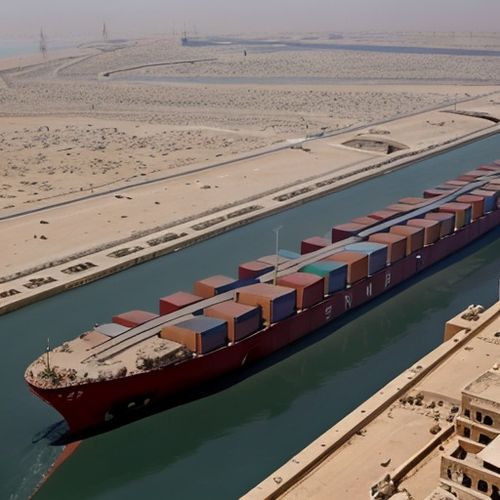
By Sophia Lewis/Apr 5, 2025
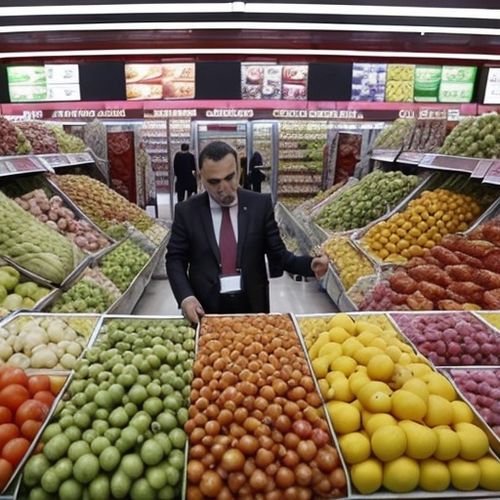
By Jessica Lee/Apr 5, 2025
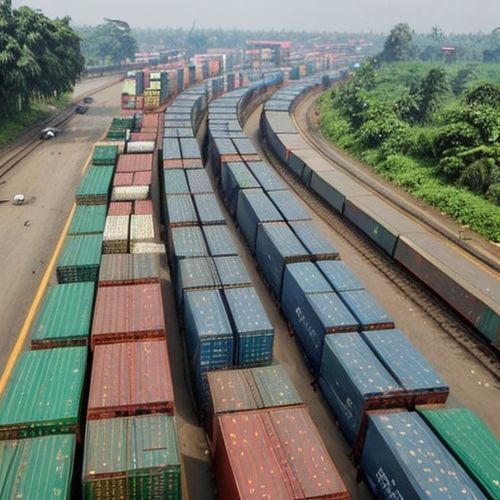
By Emily Johnson/Apr 5, 2025
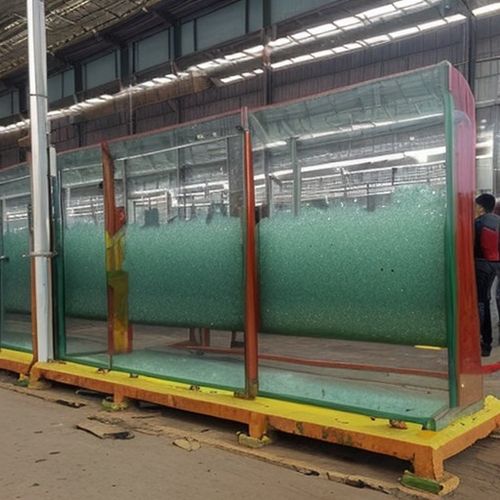
By Sophia Lewis/Apr 5, 2025
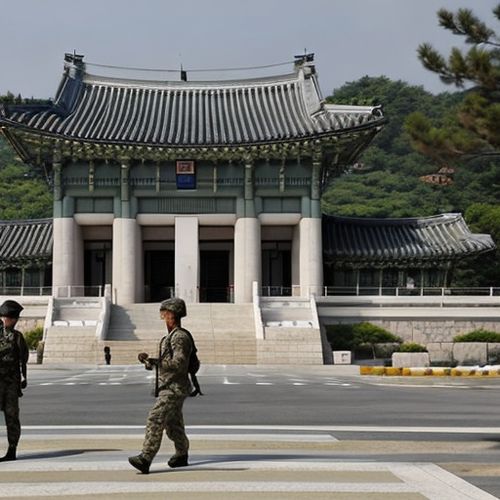
By George Bailey/Apr 5, 2025

By Amanda Phillips/Apr 5, 2025
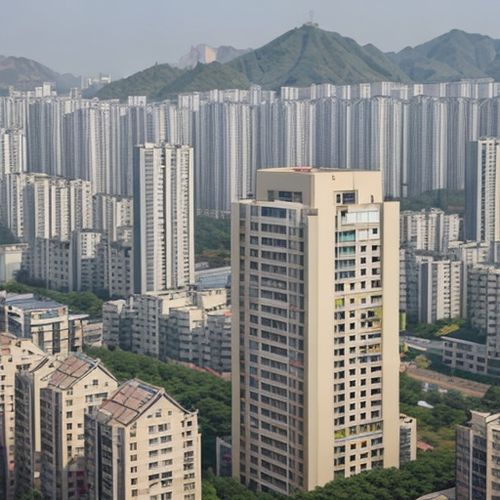
By Emily Johnson/Apr 5, 2025

By Natalie Campbell/Apr 5, 2025

By Sarah Davis/Apr 5, 2025
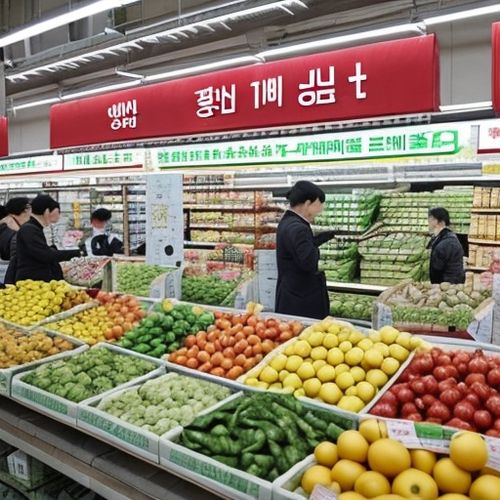
By Laura Wilson/Apr 5, 2025
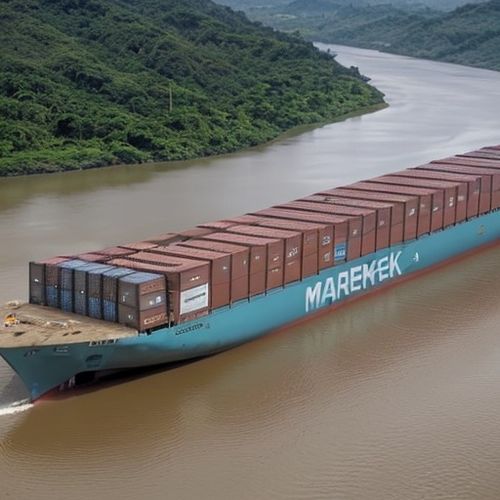
By Samuel Cooper/Apr 5, 2025
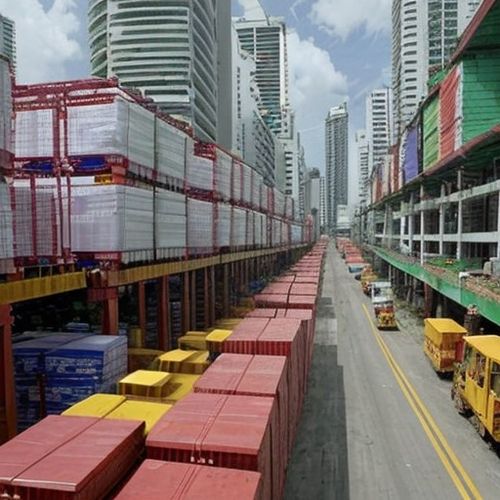
By James Moore/Apr 5, 2025

By Noah Bell/Apr 5, 2025
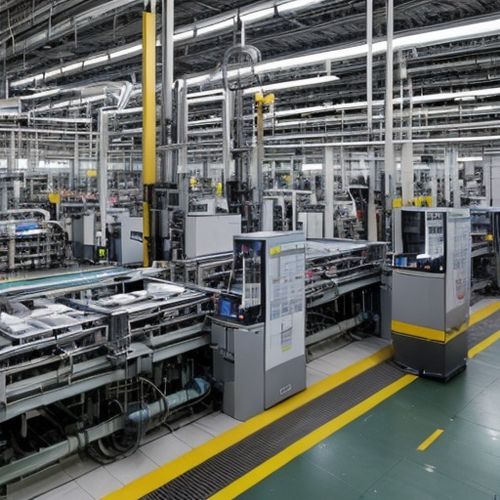
By Sarah Davis/Apr 5, 2025
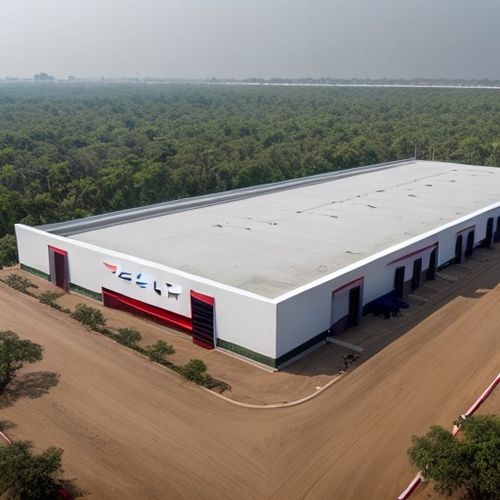
By Ryan Martin/Apr 5, 2025
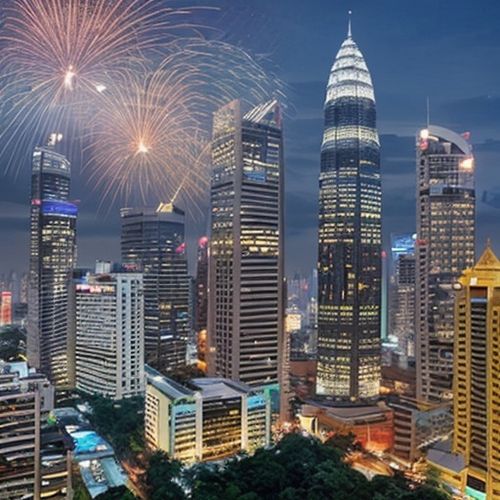
By Christopher Harris/Apr 5, 2025
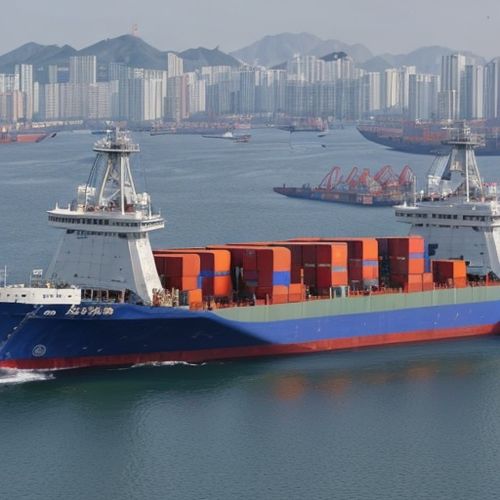
By Noah Bell/Apr 5, 2025
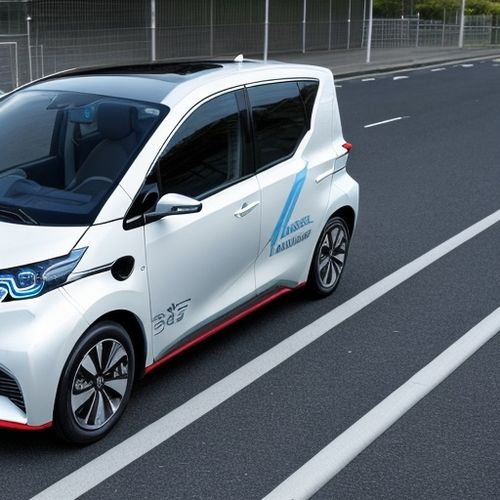
By Thomas Roberts/Apr 5, 2025
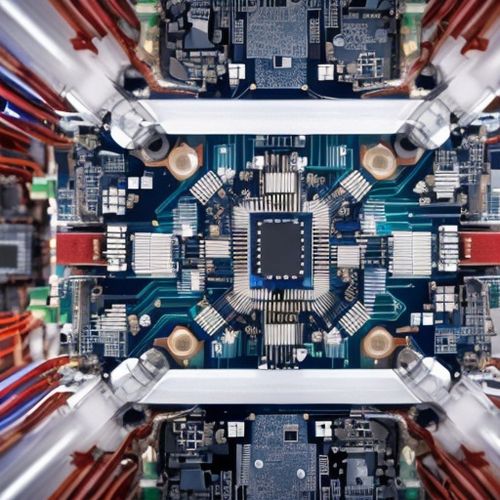
By Michael Brown/Apr 5, 2025
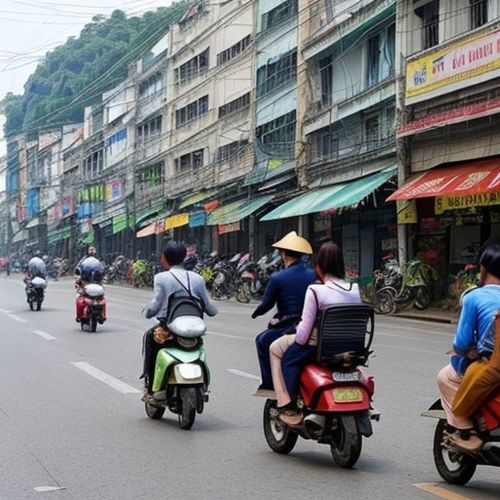
By George Bailey/Apr 5, 2025